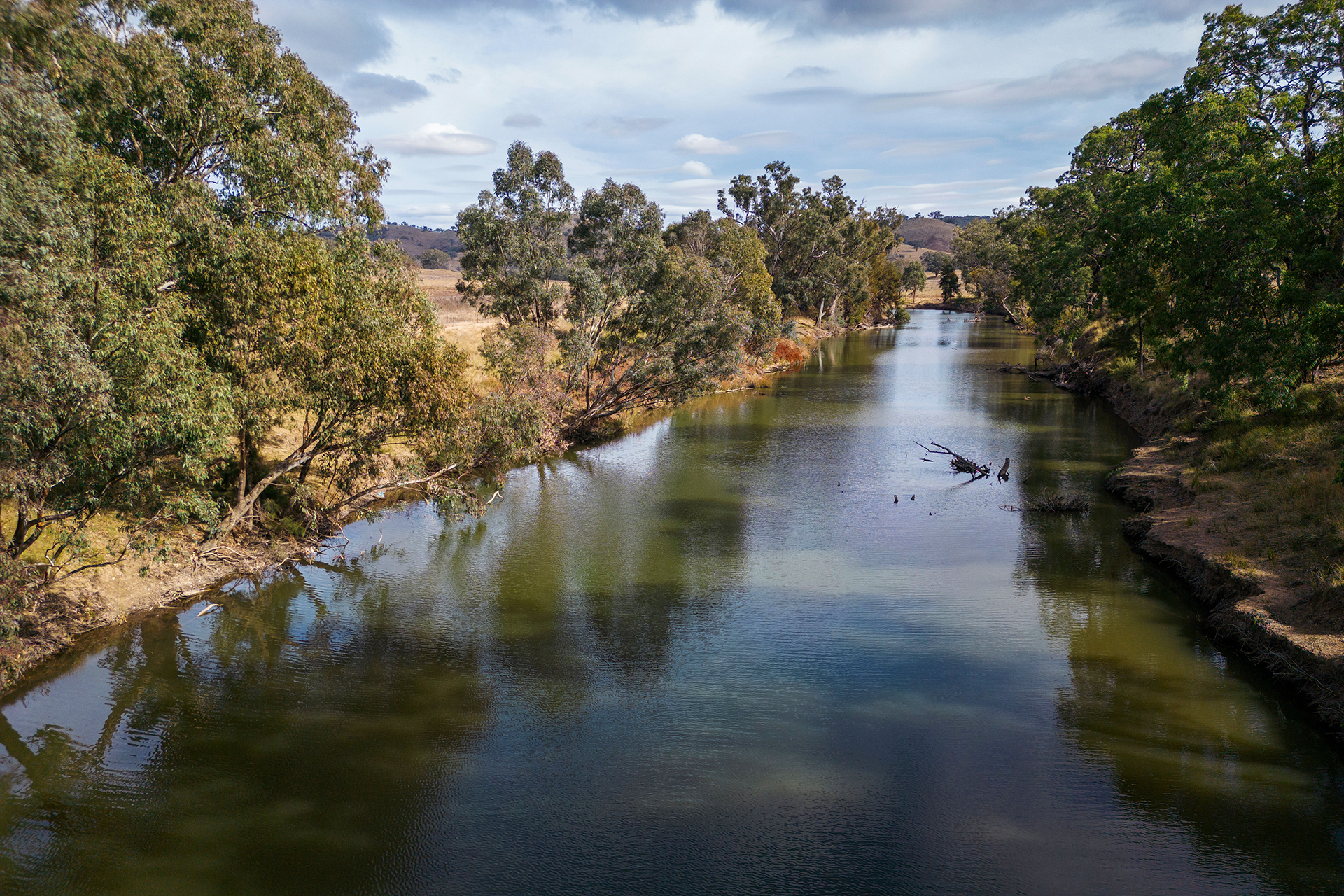On 5 November 2024, the Macquarie Cudgegong Environmental Water Advisory Group (EWAG) met to discuss recent environmental water use and outcomes and to review objectives for the coming summer.
Event updates
Approximately 159 gigalitres (GL) of water for the environment in the regulated Macquarie River and 6 GL of water for the environment in the regulated Cudgegong River have been used this watering year to provide spring outcomes to support native fish, wetland vegetation, waterbirds and system connectivity.
There is an expected carryover of some volumes into the next water year, with an estimated total of 145 GL for the Macquarie River and 8 GL for the Cudgegong River.
Catchment conditions
Conditions across the catchment are generally good, although trending towards dry, with lower than 80th percentile dam inflows recorded over recent seasons.
The Bureau of Meteorology's 3-month outlook (November to January) indicates around median rainfall and warm temperatures. Climatic indicators suggest trends toward neutral conditions, with uncertainty about longer-term conditions.
At the time of the meeting, Burrendong Dam was at 64% capacity, while Windamere Dam was at 93%.
Flow outcomes
The group heard about the progress of actions toward the environmental water objectives set in previous meetings. These included:
- The spring pulse in the Macquarie Marshes exceeded expectations, inundating over 30,000 hectares. This included all core wetland areas and extended into river red gum woodlands.
- Several notable waterbird species have been observed, including the endangered Australian painted snipe, Australasian bitterns, black-necked storks, brolgas, and large groups of magpie geese and glossy ibis.
- Flow connection to the Barwon has been observed throughout the events and at water levels that allow large-bodied native fish to move.
- A spring pulse was delivered in the Cudgegong River, followed by elevated base flows to enhance productivity and support native fish breeding and recruitment. The flows targeted nesting species such as eel-tailed catfish, northern river blackfish, and Murray cod.
Complementary planning and scientific work
The group heard from the department's staff about 2 key projects:
- The 2020 Long Term Watering Plan for the Macquarie-Castlereagh has been updated to include Aboriginal community values, address climate change risks, and set flow targets for Rocky Waterhole in the Cudgegong River.
- The June 2022 Macquarie Marshes vegetation map captures a very wet period and highlights the endangered 'marsh club rush' vegetation community found in recent years.
Looking ahead
Environmental Water Advisory Group members discussed plans for supporting native fish in the mid-Macquarie River between Warren and Marebone Weir throughout summer and into early autumn using the latest fisheries research outcomes.
The group will meet again in February 2025 to review conditions and make decisions about a planned autumn 2025 pulse to support the dispersal of native fish in the mid-Macquarie River.
